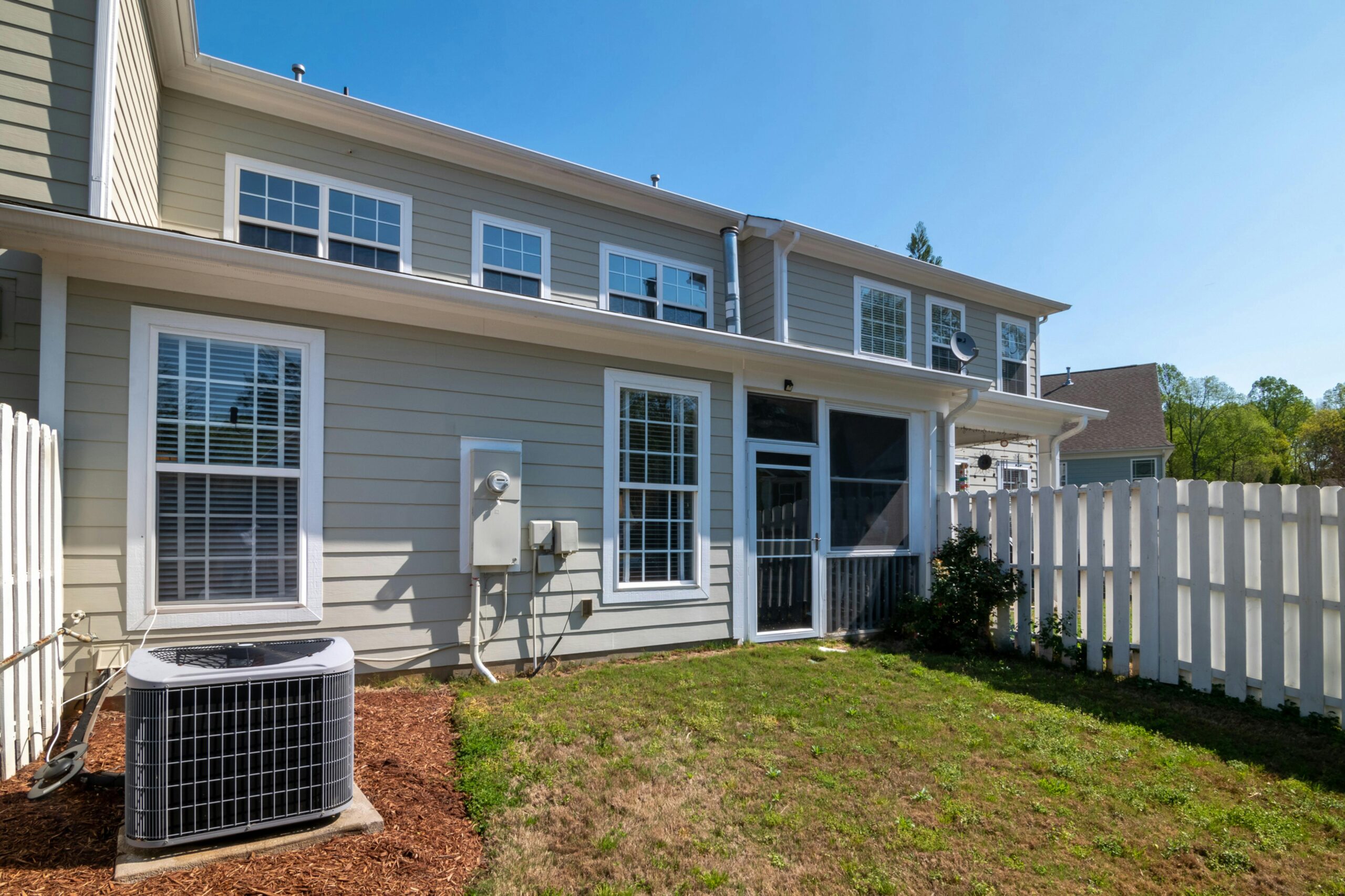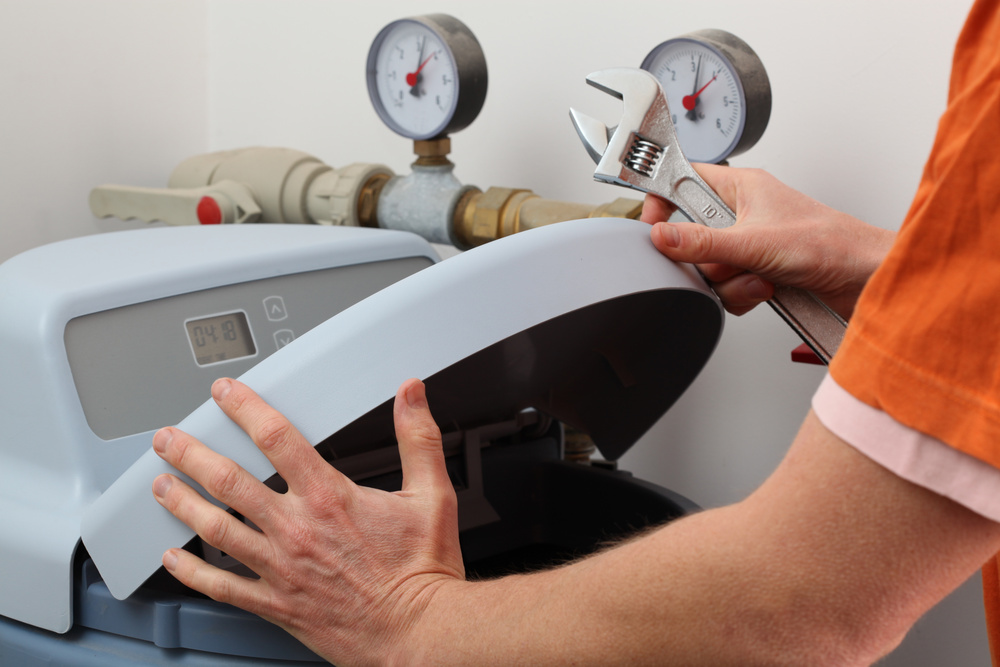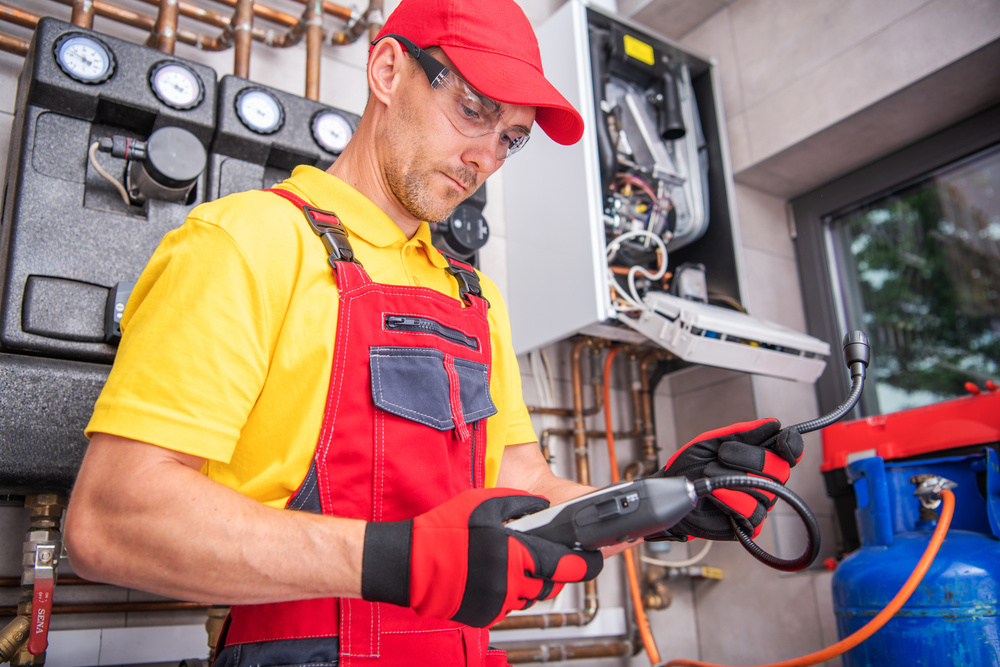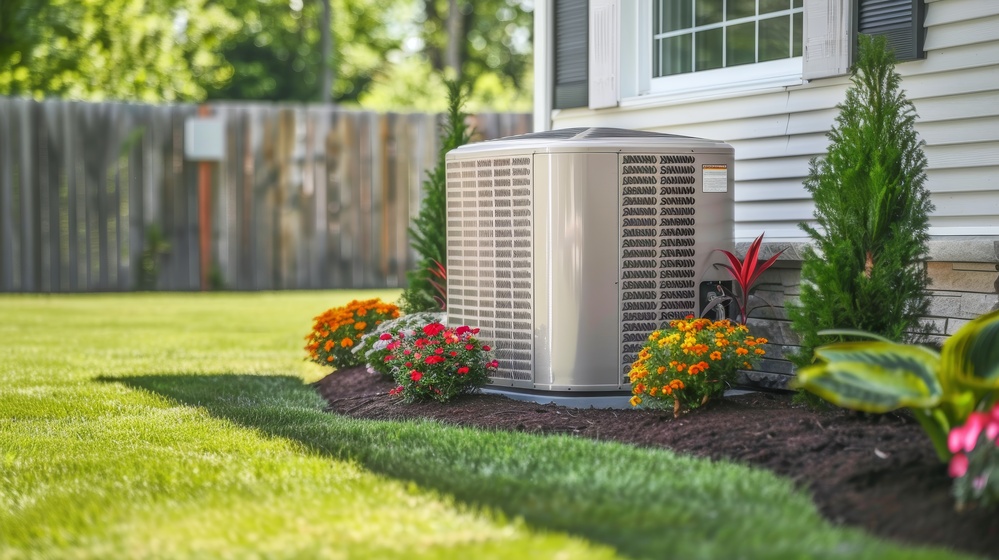Winter Plumbing Tips: Protect Your Home from Cold Weather Damage

By Landon Irvine, SameDay Heating & Air, Plumbing and Electrical
Winter in Utah can be tough on your home’s plumbing. Freezing temperatures can lead to burst pipes, costly repairs, and serious water damage.
Fortunately, with a few simple steps, you can protect your plumbing system from cold weather damage and avoid major headaches. Below is the advice we give our customers to help them get ready for winter.
1. Remove Hoses from Hose Bibs
In many Utah homes, frost-free hose bibs (outdoor faucets) are standard. These are designed to prevent freezing in the winter, but they won’t work properly if a hose is still attached.
Before the cold weather sets in, disconnect all outdoor hoses. Leaving hoses attached can trap water inside the bib, which can freeze and cause the pipe to burst.
2. Insulate Exposed Pipes
Exposed pipes–especially in unheated areas like basements, garages, or crawl spaces–are at high risk for freezing. To prevent this, insulate any exposed pipes with foam pipe insulation. This is a simple and affordable way to keep your pipes warm enough to avoid freezing.
For extra protection, you can install heat tape on vulnerable pipes. Heat tape warms the pipes during cold weather, preventing ice from forming. It’s particularly useful for pipes located in areas that aren’t easily heated, like attics or exterior walls.
3. Know Where Your Main Water Shut-Off Valve Is
If a pipe does freeze and burst, knowing where your main water shut-off valve is can save you from serious water damage. Take the time to locate the valve now.
If there’s an emergency, you can quickly turn off the water supply to your entire house. It’s also a good idea to test the valve to make sure it’s working properly before winter hits.
4. Open Cabinet Doors to Allow Warm Air to Circulate
In colder weather, it’s important to allow warm air to reach your pipes, especially those located under sinks or near exterior walls.
An easy way to do this is to leave cabinet doors open when temperatures drop. This allows warm air from your home to circulate around the pipes, keeping them from freezing.
5. Let Faucets Drip During Freezing Temperatures
During particularly cold nights, you can reduce the risk of freezing by letting faucets drip slightly. This keeps water moving through the pipes, which makes it harder for them to freeze.
Even a small trickle of water can help prevent pressure from building up in the pipes, which is what leads to bursts.
6. Check for Drafts Around Pipes
Cold air can seep in through cracks and gaps around your home’s foundation, particularly near pipes.
Seal up any drafts you find around doors, windows, and where pipes enter the home. Use caulk or insulation to keep cold air out and prevent your pipes from freezing.
7. What If a Pipe Freezes?
If you suspect a pipe has frozen, turn off the water supply immediately and call a plumber. Avoid trying to thaw the pipe yourself with an open flame or hairdryer.
This can be dangerous and may cause the pipe to burst. It’s always best to leave this to a professional. Give SameDay a call for any questions you have about your home.





